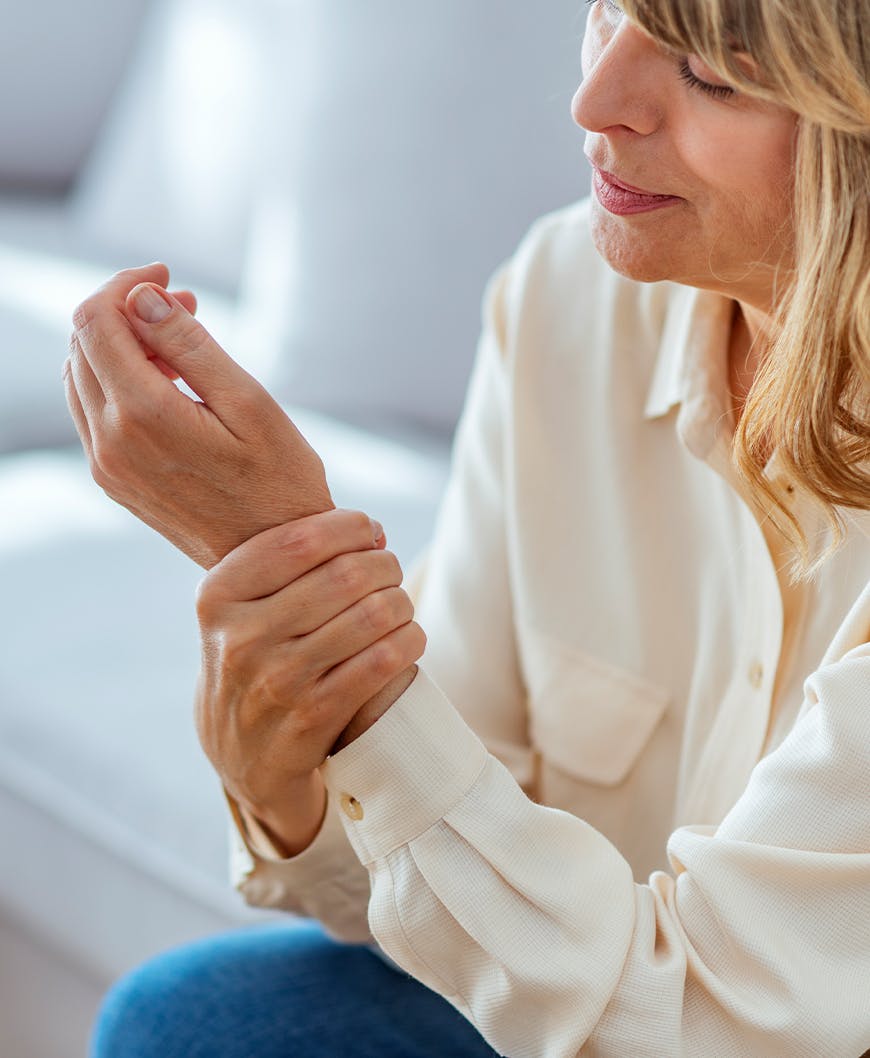One in five Americans suffer from arthritis—the inflammation of one or more joints. At Dr. Salma Aziz, Foot and Ankle Speciality Group Inc., we can help with this condition.
Don’t Wait for Diagnosis
The key to managing arthritis is early recognition of the condition. The sooner you identify the problem—and the specific form of arthritis—the better you’ll be able to mitigate and minimize ongoing damage to your joints.







